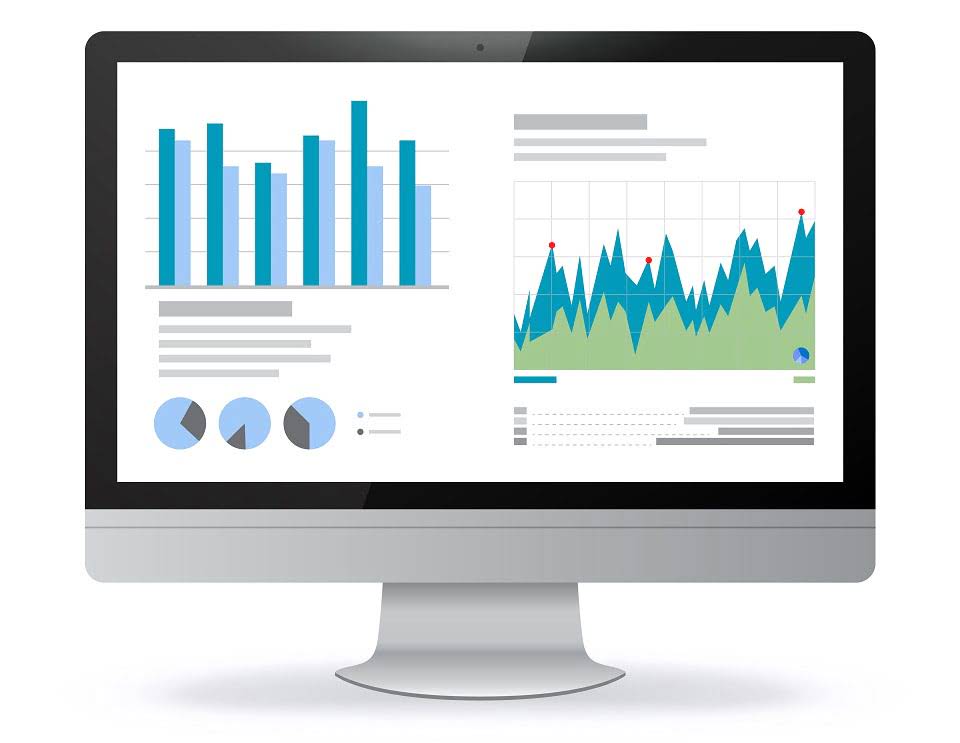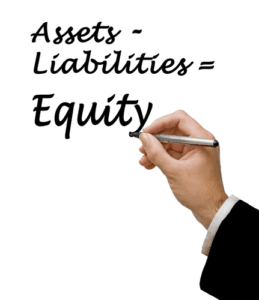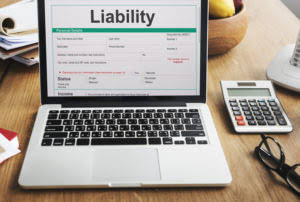
But it can also happen if you have other health conditions, including a kidney infection. Liver disease and kidney disease are conditions that can be caused by long-term alcohol abuse, sometimes as part of end-stage alcoholism and death. Once the liver becomes compromised, the blood flow to the kidneys is interrupted, instigating a domino effect of vital organ damage and possible shutdown. Our kidneys are part of the system known as the urinary tract, which also includes our bladders and ureters.

Hydronephrosis
This obstruction can lead the renal pelvis to become swollen or enlarged. Understanding why you’re experiencing discomfort is essential, as it may signify something serious. You may feel a dull ache or sudden, sharp, stabbing pain. The discomfort may be mild or severe and manifest on one or both sides of the body. When you’re concerned about your kidney health, Milwaukee Nephrologists is your go-to resource. To learn more, check out our other educational articles, or get in touch with our staff of nephrologists, transplant specialists, and dietitians to schedule an appointment.

What is a Plant-Based Diet, and Is It Good For Your Kidneys?

And medications for high blood pressure can be affected by alcohol. High blood pressure is a common cause of kidney disease. More than two drinks a day can increase your chance of having high blood pressure. Learn how alcohol can affect people with kidney diseases, whether alcohol causes kidney stones, and what research has found about alcohol and kidney failure. Kidneys are essential to keeping the body healthy and free of harmful substances such as alcohol. The kidneys also maintain the proper balance of fluid and electrolytes.
Treatment Options for Kidney Pain
Even higher risks of kidney problems https://ecosoberhouse.com/ have been found in heavy drinkers who also smoke. This is why many a hangover recovery involves drinking a sports drink full of electrolytes or (more problematically) a hair-of-the-dog cure in the form of a spicy Bloody Mary. While data conclusively shows that chronic AUD is extremely damaging to the liver, data on the effects of alcohol on the kidneys is not quite as clear cut.

Treatment for Kidney Damage
- Heavy drinking can also cause liver disease, which makes your kidneys have to work harder.
- Kidneys that have been overworked due to excess alcohol consumption don’t function properly.
- Even without binge drinking, regularly drinking too much can lead to kidney problems.
- Hydronephrosis occurs in one or two swollen kidneys because of an accumulation of urine.
- We review the symptoms of kidney damage and kidney failure further along in this article, but first let’s discuss how alcohol interacts with the kidneys.
Having kidney stones increases your risk of developing hydronephrosis. Kidney stones may form due to alcohol-induced dehydration. Drinking alcohol if you already have kidney stones may cause them to move quickly. It’s important to understand the reason for your discomfort in case it’s a sign of something serious. Read on to learn more about these conditions and how to treat them.
See a doctor or therapist if you feel you’re dependent on alcohol or if it’s interfering with your life in some way. Your doctor may prescribe kidney medication or recommend programs in your area to help you. If you want to avoid kidney-related pain after drinking, consider reducing your alcohol intake.
How Does Alcohol Affect The Kidneys?
BetterHelp offers affordable mental health care via phone, video, or live-chat. Alcohol features diuretic properties that make you urinate more often than usual, making you prone to dehydration. If, for any reason, you don’t like us or our products, simply contact our support team within 60 days and we’ll happily refund you 100% of your payment. When experts talk about one drink, they are talking about one 12-ounce bottle of beer, one glass of wine (5 ounces), or one shot (1.5 ounces) of “hard liquor.”
Binge drinking contributes to kidney disease and is typically defined as drinking four or five drinks within two hours. Pop news programs may latch onto stories about how a glass of wine a day is good for your health. They fail to account for the numerous other factors impacting a person’s health, such as diet and exercise. It can have detrimental health impacts even when consumed at low levels.
- If you choose to drink, limit yourself to the CDC’s recommended guidelines and be sure to drink plenty of water.
- These symptoms are the same as what a person living with untreated chronic kidney disease might experience.
- When your liver isn’t functioning well, it can impair blood flow to your kidneys.
- This is the area at the back of your abdomen, under your ribcage on both sides of your spine.
- Chronic alcohol use is also a major cause of liver disease.
Your doctor may prescribe proton pump inhibitors or H2 antagonists to reduce the production of stomach acid. Treat dehydration by replacing lost fluids and electrolytes. You can have a sports drink that has electrolytes and a carbohydrate solution. Sometimes, UPJ will improve independently or be treated with a minimally invasive procedure. Drinking too much can damage your body’s sensitivity to insulin, disrupting your body’s blood-sugar alcohol and kidney pain levels. Alcohol can also lead to acute pancreatitis, and repetitive damage can lead to chronic pancreatitis.

If you choose to drink, limit yourself to the CDC’s recommended guidelines and be sure to drink plenty of water. According to the CDC, men should have no more than two drinks Alcohol Use Disorder a day, and women should have no more than one drink a day. Damage to one organ has reverberating effects that impact many other organs. The National Kidney Foundation estimates that each year more than half a million people go to emergency rooms for kidney stone problems.













